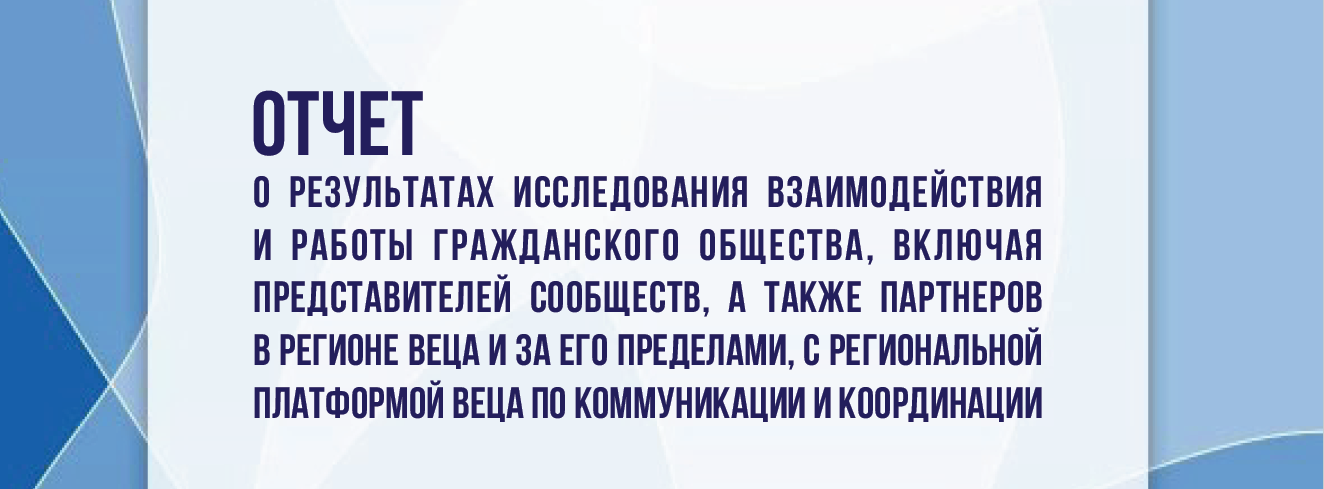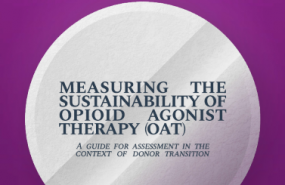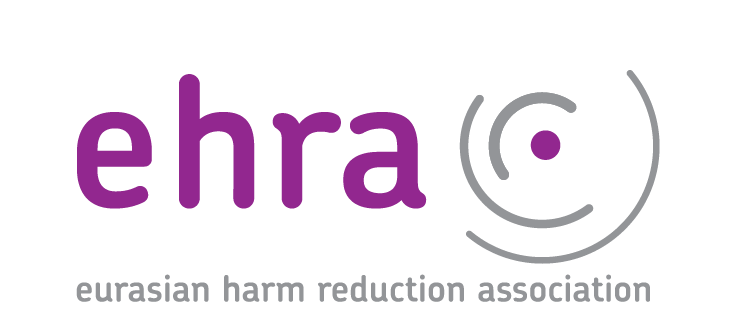Webinar: «Key decisions of the Global Fund Board. Potential implications for the EECA region»
Sixty Russian-speaking community and civil society representatives from at least ten countries of Eastern Europe and Central Asia took part in the webinar.
Main speakers for the webinar were:
Alexandr Curașov (Moldova) – Director of the Public Association ‘Positive Initiative’, member of the Board of the Global Fund to Fight AIDS, Tuberculosis and Malaria from the Communities Delegation of people living with and affected by the three diseases.
Andrey Klepikov (Ukraine) – Executive Director of the International Charitable Foundation ‘Alliance for Public Health’, member of the Developing Country NGO Delegation to the Board of the Global Fund.
Sergey Votyagov (Lithuania) – Executive Director of the Eurasian Harm Reduction Network, member of the Developed Country NGO Delegation to the Board of the Global Fund.
- Sandra Irbe (Switzerland)– Global Fund Portfolio-Manager, Senior Advisor to the Chair of the Board at the Global Fund to Fight AIDS, Tuberculosis and Malaria.
The webinar’s main purpose was to inform civil society representatives from Eastern Europe and Central Asia about the most important outcomes and decisions of the 35th Board Meeting of the Global Fund held in April 2016, and to discuss their potential implications for the countries in our region. Discussion was mostly centered around two decisions of the Board: the approved Sustainability, Transition and Co-Financing Policy and the Allocation Methodology 2017–2019.
New approach to funds allocation: in March 2014, the Global Fund approved the New Funding Model (NFM), introducing significant changes to the approach to country allocations, with a range of new elements as compared to the rounds-based approach used before 2011, such as the three-year funding cycle and such terms as ‘country dialogue’, ‘concept note’, etc. One of the key changes included pre-determined funding allocations that the eligible countries could apply for to strengthen their response measures to the three diseases in 2014–2016. The New Funding Model was developed to define and distribute these country allocations. However, having evaluated the NFM implementation processes, the Global Fund decided that due to various reasons (not always obvious to the stakeholders) this approach should be revisited and improved. To that end, a review process was launched in 2015, which resulted in the development of a new allocation methodology for 2017–2020 (the next three-year cycle) that was approved by the Global Fund at its Board Meeting in April. In the opinion of webinar speakers, this revision was prompted by donors’ intention to further reduce investments in countries that fall into the World Bank category of middle-income and higher. These countries are expected to act according to their economic development and use their own capacities to cope with the three diseases.
The new allocation methodology is modelled with the assumption that, as a result of the upcoming replenishment conference (to be held in September 2016 in Canada), at least 13 billion USD will be committed to the Global Fund by donor countries for the next three-year allocation period. This sum will include 800 million of catalytic investment (a new term that replaces NFM’s incentive funding for regional and strategic initiatives, but in much less amounts; possible available only for specific activities – discussion is still underway), and another 800 million for balanced funding of below-formula components with tailored paced reductions. The rest of the funding will be distributed between countries according to the formula, considering the approved technical parameters in the context of disease burden and economic capacity. More information about this and other changes to the allocation approach you can find in Alexandr Curașov’s presentation available at the streaming of the webinar.
Sustainability, Transition and Co-Financing Policy. The approved policy defines principles of supporting countries in the process of sustainable transition from the Global Fund resources to domestic investment. It promotes more pro-active country approaches to sustainability planning that should differentiate and consider all aspects of ongoing development. According to the new policy, countries that shall undergo transition in about 10 years will be supported in conducting transition readiness assessments, based on which, together with the Global Fund, they will develop locally tailored, targeted plans towards successful transition and improved sustainability of the Global Fund-supported programs. Countries that are becoming ineligible will be able to receive transition funding for one allocation period of three years. The policy also supports a dual-track approach to co-financing aimed at promoting increased national funding for public health and targeted investments for ongoing development.
To learn more about the policy, please watch Andrey Klepikov’s presentation by clicking on the streaming of the webinar.
Positive feedback was received from most webinar participants, and it was suggested to hold such webinars more regularly.
Related News
Measuring the sustainability of opioid agonist therapy (OAT) – a guide for assessment in the context of donor transition
This Guide was initiated by the Eurasian Harm Reduction Association to provide countries with an approach and tools to assess their progress in building the sustainability of opioid agonist treatment (OAT) within the context of donor transition. This material builds upon previous assessment frameworks and experiences in measuring sustainability and transition readiness in the areas […] Read moreTB Europe Coalition holds its third webinar
TBEC is going to conduct its third webinar in the series “Opportunities for civil society and TB communities from EECA region within the Global Fund Allocation Cycle 2020-2022”. Post Views: 893 Read moreGlobal Fund funding opportunity – COVID-19 Response Mechanism
The COVID-19 Response Mechanism (C19RM), approved in April 2020, authorizes US$500 million in funding in addition to grant flexibilities. C19RM can be used across the three diseases and the health system, even if a country only has a single Global Fund grant for one component. The CCM will assess the most urgent needs and direct […] Read moreServices for migrants and refugees from Ukraine – HIV/TB care with a focus on key populations
Due to the increasing flows of refugees from Ukraine because of Russia’s invasion of Ukraine, the EECA Regional Platform created a spreadsheet to fill contacts details of face-to-face and online services for refugees and migrants (with a focus on HIV/TB care and key population groups).
Regional Platform – EECA
This web-resource is a part of new regional communication and coordination project “Regional Civil Society and Community Support, Coordination and Communication Platform - EECA”, implemented by Eurasian Harm Reduction Association (EHRA).
Tags
See also
-
EECA’s Regional Platform monthly Newsletter #19, December 2025 15.12.2025 10:59
-
EECA’s Regional Platform monthly Newsletter #18, November 2025 26.11.2025 16:20







